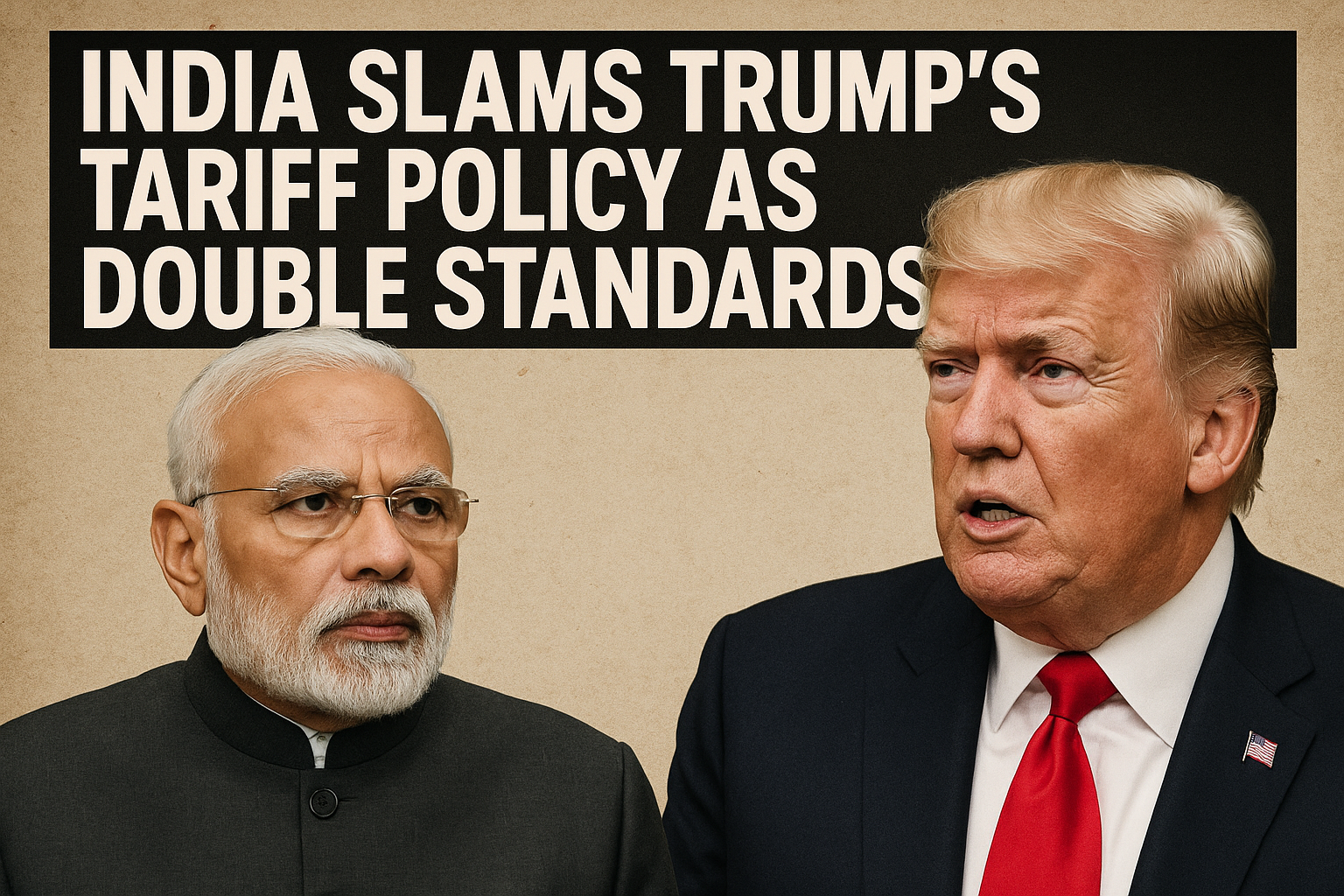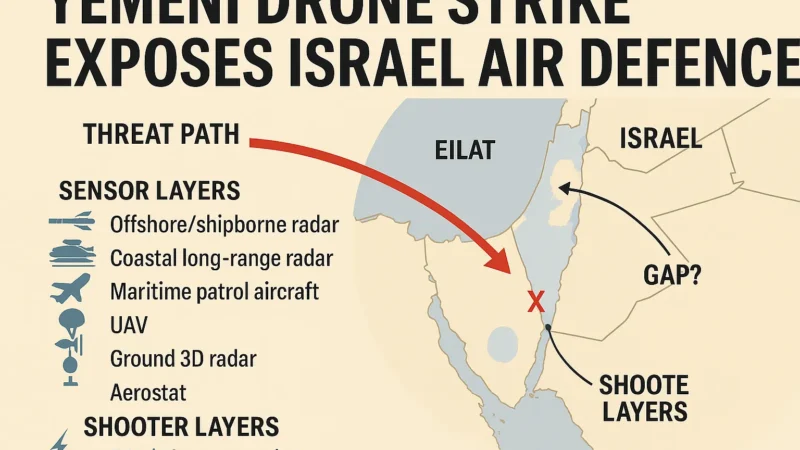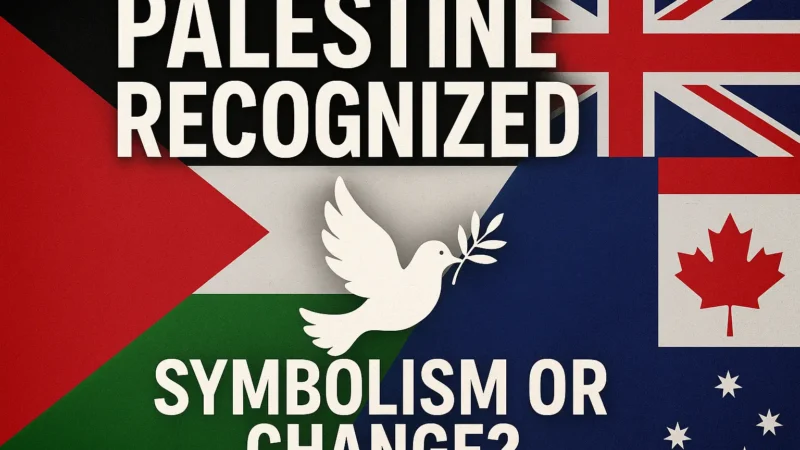Trump’s Tariff Reset Sparks Outrage in India — Quiet Strategic Gains for Pakistan

In a surprise move that’s triggered sharp political and economic reactions, the Trump administration has reduced tariffs on a broad range of Pakistani exports—from 29% to 19% while leaving Indian tariff barriers unchanged. For New Delhi, the move is more than an economic setback; it’s being seen as a strategic slight, raising concerns over Washington’s shifting priorities in South Asia.
At a time when U.S.–India relations are already facing turbulence over defense procurement bottlenecks, digital trade disagreements, and immigration reforms this tariff decision adds fuel to the fire.
India’s Reaction: From Diplomatic Protest to Media Fury
The backlash from India has been swift and loud. Senior officials from India’s Commerce Ministry have reportedly summoned U.S. diplomats to seek justification for what they call “preferential trade leniency” towards Pakistan.
Indian media, especially nationalist-leaning channels, have gone into overdrive branding the move as a betrayal of a strategic partner. Several analysts and former diplomats argue that the tariff revision is less about trade and more about a recalibrated U.S. regional posture, with India no longer seen as an exclusive ally.
Economic Fallout for India: Competitive Disadvantage in the U.S. Market
India exports a wide range of goods to the United States textiles, pharmaceuticals, auto components, and IT services among them. With no change in U.S. tariffs on Indian goods, and a 10% cut for Pakistani exports, India now faces a clear cost disadvantage in overlapping sectors, especially textiles and leather.
For small and mid-sized Indian exporters, particularly those already battling global inflation and supply chain woes, this change could mean shrinking market share and weaker profit margins in the U.S. India’s largest export destination after the UAE.
Pakistan’s Opportunity: A Window to Reclaim U.S. Market Space
In contrast, Pakistan has reason to be cautiously optimistic. The tariff reduction makes its textile and leather goods, surgical tools, and sports equipment instantly more competitive in the lucrative U.S. market. If properly leveraged, this could revive stalled export growth and help reduce the country’s trade imbalance.
While the relief is limited in scope and may be temporary, it gives Pakistan the breathing room to:
-
Scale up manufacturing capacity
-
Build new relationships with American importers
-
Rebrand itself as a reliable mid-tier supplier in global value chains
A Hidden Message? Reading Between the Lines of U.S. Trade Policy
Is this simply an economic adjustment, or is Washington sending a political signal? Many in India believe it’s the latter. The U.S. has grown frustrated with:
-
India’s deepening defense and energy ties with Russia (e.g., S-400 system, oil imports)
-
India’s reluctance to fully align with Western sanctions on Iran and Russia
-
Tensions with U.S. tech giants over data localization and e-commerce regulation
By offering Pakistan a modest trade edge, the U.S. may be quietly reminding India that strategic partnerships are not unconditional.
India’s Double Standards Claim: Frustration or Fair Criticism?
India’s accusation of “double standards” reflects its long-standing belief that it is a natural U.S. partner in Asiademocratically aligned, economically vital, and militarily capable. But under Trump’s “America First” worldview, alliances are judged by transactional value, not shared ideals.
India has previously faced:
-
Tariff hikes on steel and aluminum
-
Tougher visa policies for skilled workers
-
Threats of retaliatory tariffs on Indian exports like almonds and motorcycles
Seen in this light, the latest tariff move fits a broader pattern of pragmatic, deal-based diplomacy.
Pakistan’s Next Step: Seize the Moment, But Stay Strategic
While Islamabad has every reason to welcome the development, it must also be strategic in its response. Over-reliance on the U.S. market is risky given the volatility of American trade policy. Instead, Pakistan should:
-
Capitalize on the opening to boost export volume in high-performing sectors
-
Diversify trade channels across Europe, Central Asia, and East Africa
-
Push for longer-term trade agreements through consistent diplomatic engagement with U.S. trade bodies and chambers of commerce
This is not a time for celebration but for cautious, calculated growth.
Shifting Dynamics: A Dual-Track U.S. Policy in South Asia?
The tariff shift may signal the emergence of a dual-engagement strategy by the U.S.—maintaining ties with India, but softening its posture toward Pakistan to preserve influence. This “balancing act” could:
-
Reintroduce competition between India and Pakistan in U.S. trade diplomacy
-
Influence regional dynamics in sectors like cotton, rice, surgical goods, and renewable tech
-
Push India to rethink its defense and energy alliances in favor of a more Western-centric orientation
Conclusion
This tariff episode is more than an economic footnote it’s a strategic signal in the evolving chessboard of South Asian geopolitics.
For India, it’s a wake-up call that global alliances are fluid, not fixed. For Pakistan, it’s an unexpected chance to reclaim space in a market where it had been marginalized.






